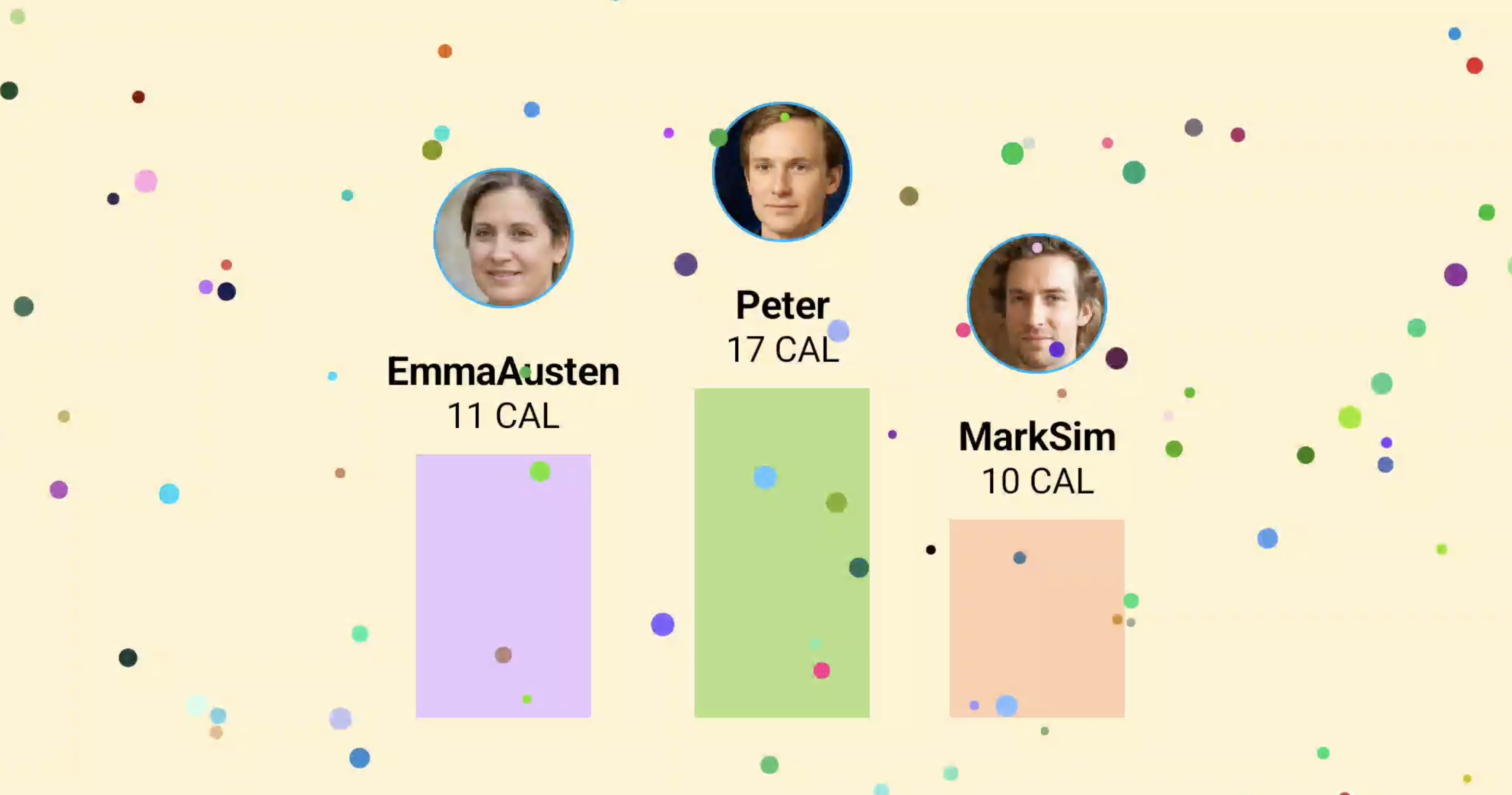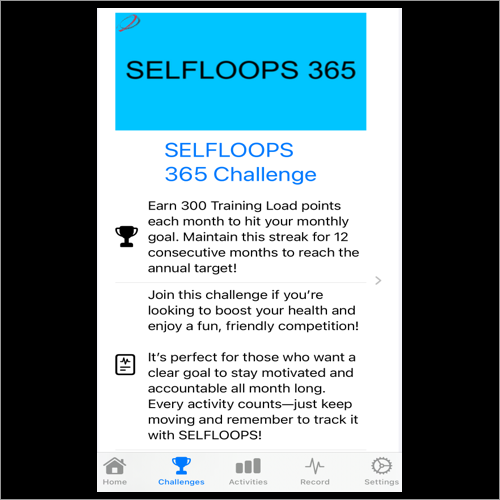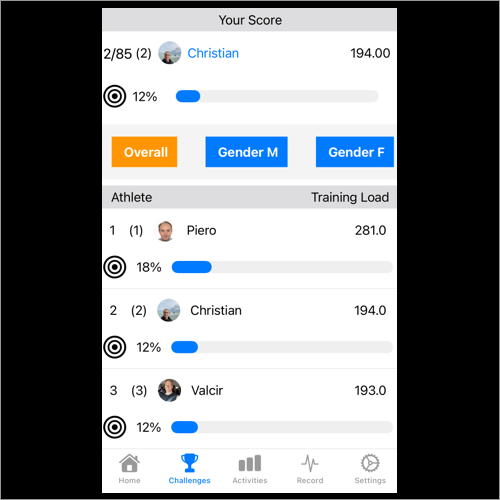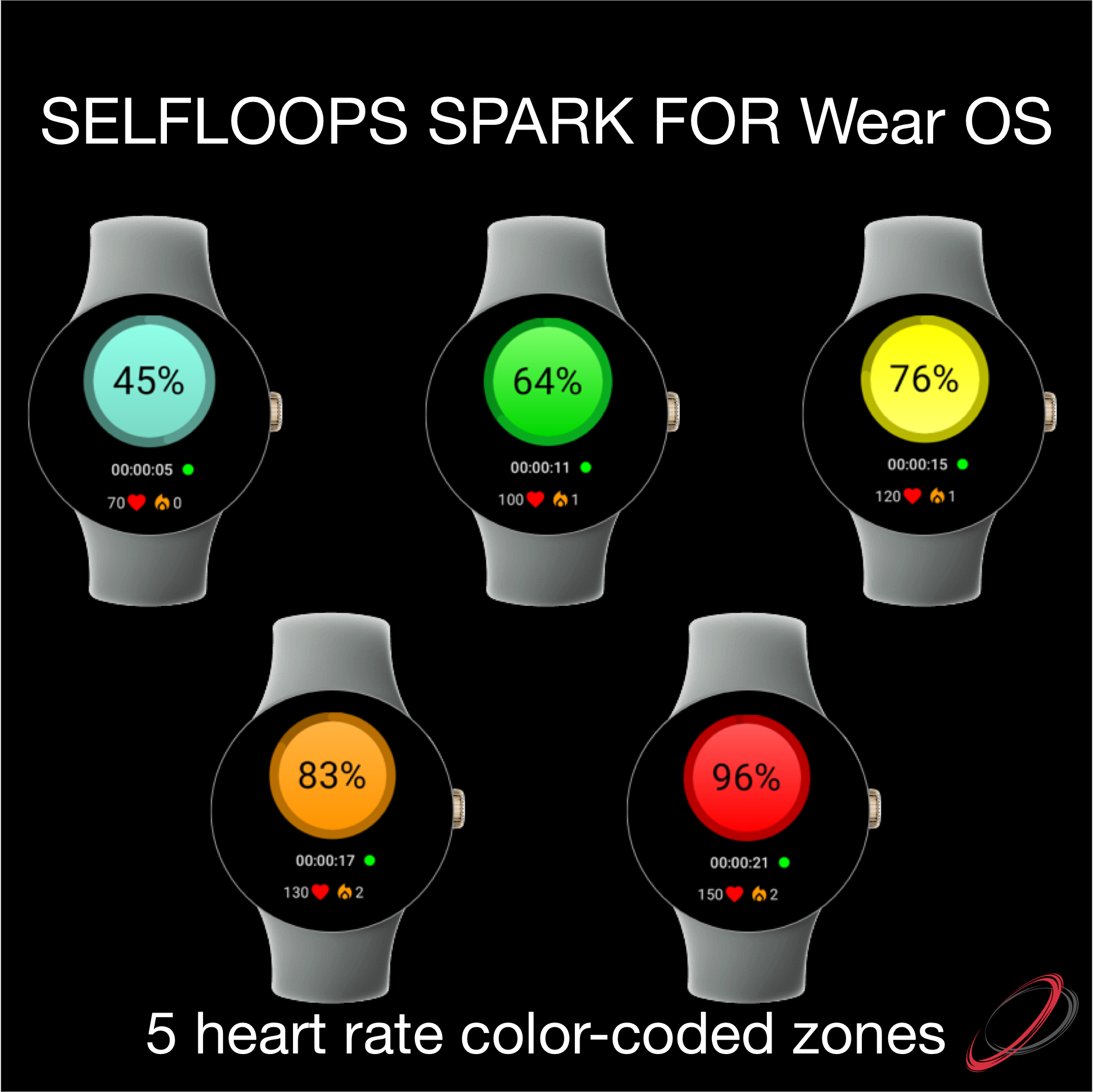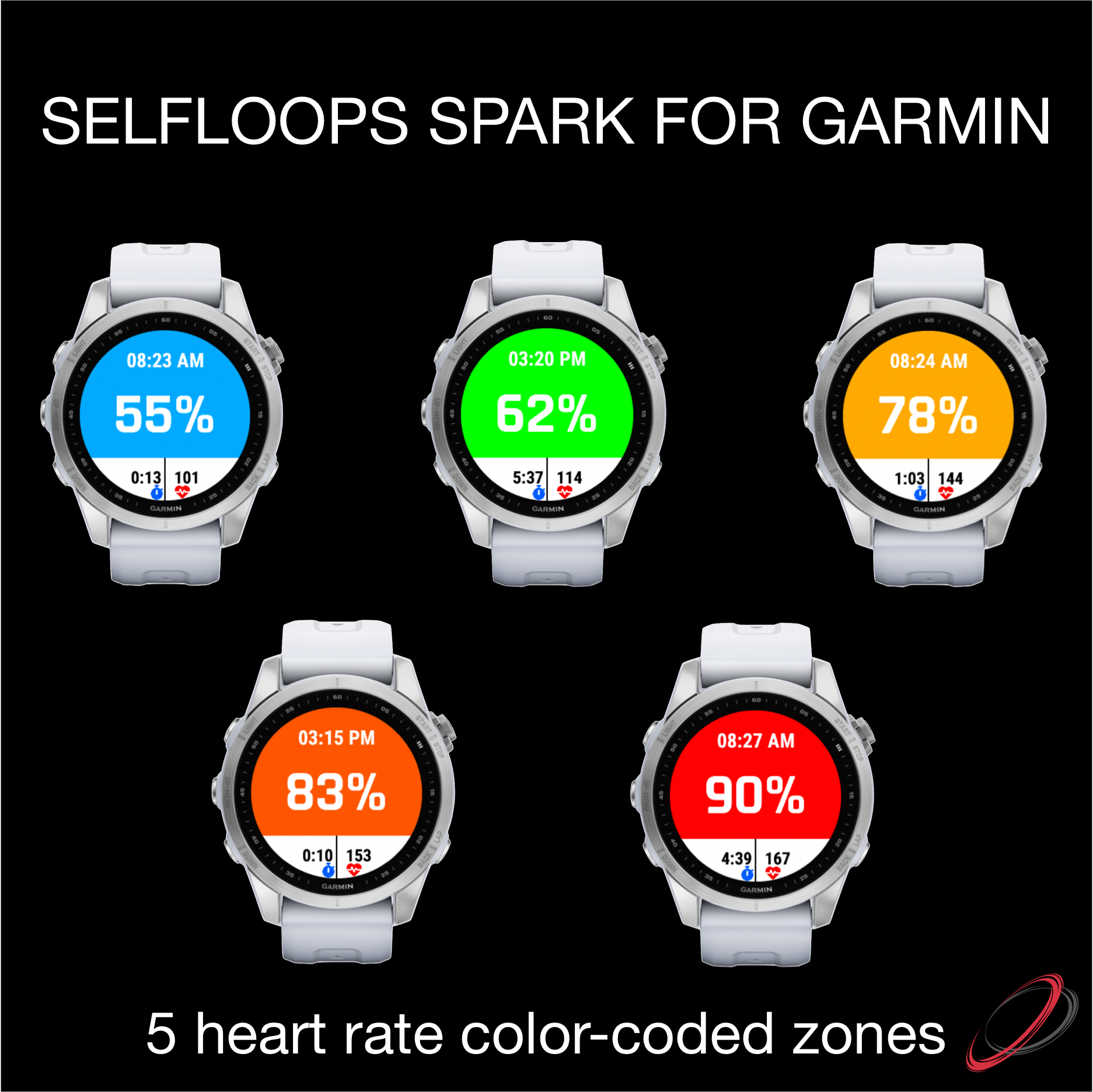Cycling performance analysis has evolved significantly over the years, and understanding the physiological demands of training and racing is key to optimizing performance. At SELFLOOPS, we’re excited to announce the integration of advanced performance metrics—W’ (W-prime), Critical Power (CP), and W’bal (W’ balance)—into our platform. These concepts, pioneered by Dr. Skiba and widely adopted in endurance sports, provide a deeper understanding of an athlete’s capabilities and fatigue dynamics. Let’s break down what these terms mean and how they can revolutionize your training analysis.
What Are W’ (W-prime), CP (Critical Power), and W’bal?
- Critical Power (CP):
Critical Power represents the highest power output an athlete can sustain for a prolonged period without fatiguing. Think of it as your “threshold” power—the point where your body balances energy production and fatigue. Above CP, fatigue accumulates rapidly; below it, you can sustain effort for much longer. CP is a cornerstone metric for cyclists, helping to define training zones and set pacing strategies. - W’ (W-prime):
W’ (pronounced “W-prime”) is often referred to as your “anaerobic work capacity” or “energy matchbox.” It represents the amount of work you can perform above your Critical Power before exhaustion sets in. Imagine it as a finite battery that depletes when you push above your CP and replenishes when you drop below it. W’ is crucial for understanding how much high-intensity effort you can sustain during sprints, climbs, or surges in a race. - W’bal (W’ balance):
W’bal is the real-time tracking of your W’ depletion and replenishment during a ride. It’s like monitoring your “battery level” as you train or race. When you push above CP, your W’ depletes; when you recover below CP, your W’ recharges. By visualizing W’bal, athletes and coaches can better understand how efforts and recoveries impact performance over time.
Selfloops Brings W’, CP, and W’bal to Your Fingertips
At Selfloops, we’re committed to providing athletes and coaches with the most advanced tools for performance analysis. That’s why we’ve integrated W’, CP, and W’bal into our platform. Now, users can input their Critical Power and W’ values in the Settings section under Zones, and our system will automatically generate a W’bal line chart for every activity with bike power data.

This feature allows you to visualize how your “battery” depletes and replenishes during a ride, giving you actionable insights into your pacing, recovery, and overall performance. Whether you’re analyzing a hard interval session, a long endurance ride, or a race simulation, W’bal provides a clear picture of your fatigue dynamics.

The Benefits of W’bal Analysis for Selfloops Users
- Optimized Pacing Strategies:
By understanding your W’ depletion and replenishment, you can pace your efforts more effectively during races and training sessions. Avoid burning out too early or leaving energy unused at the finish line. - Personalized Training Plans:
Coaches can use W’bal data to tailor workouts that match an athlete’s unique physiology. For example, designing intervals that maximize W’ depletion or recovery periods that optimize W’ replenishment. - Enhanced Recovery Insights:
W’bal charts show how quickly you recover after intense efforts. This helps athletes and coaches identify whether recovery periods are sufficient or need adjustment. - Race Simulation and Strategy Development:
Simulate race scenarios and analyze how different pacing strategies impact your W’bal. This prepares you to make smarter decisions during actual competitions. - Improved Fatigue Management:
By tracking W’bal over time, you can identify patterns of fatigue accumulation and adjust your training load to prevent overtraining. - Data-Driven Coaching:
Coaches can use W’bal analysis to provide evidence-based feedback, helping athletes understand the physiological impact of their efforts and recoveries.
Why This Matters for Cyclists
Cycling is a sport of precision, where small adjustments in pacing and effort management can make a huge difference in performance. With W’, CP, and W’bal analysis, Selfloops users now have access to cutting-edge tools that were once reserved for elite athletes and sports scientists. Whether you’re a competitive cyclist, a coach, or a fitness enthusiast, these metrics empower you to train smarter, race harder, and recover better.
Get Started with W’bal Analysis on Selfloops
Ready to take your cycling performance to the next level? Log in to SELFLOOPS, head to the Settings section, and input your Critical Power and W’ values. Then, dive into your activity analysis to see your W’bal in action.
At SELFLOOPS, we’re proud to bring you the latest in sports science innovation. With W’, CP, and W’bal, you’re not just tracking your power—you’re unlocking the secrets to your performance potential.
Ride smarter, recover better, and achieve more with Selfloops.
Stay tuned for more updates as we continue to enhance your training and racing experience with cutting-edge features!
